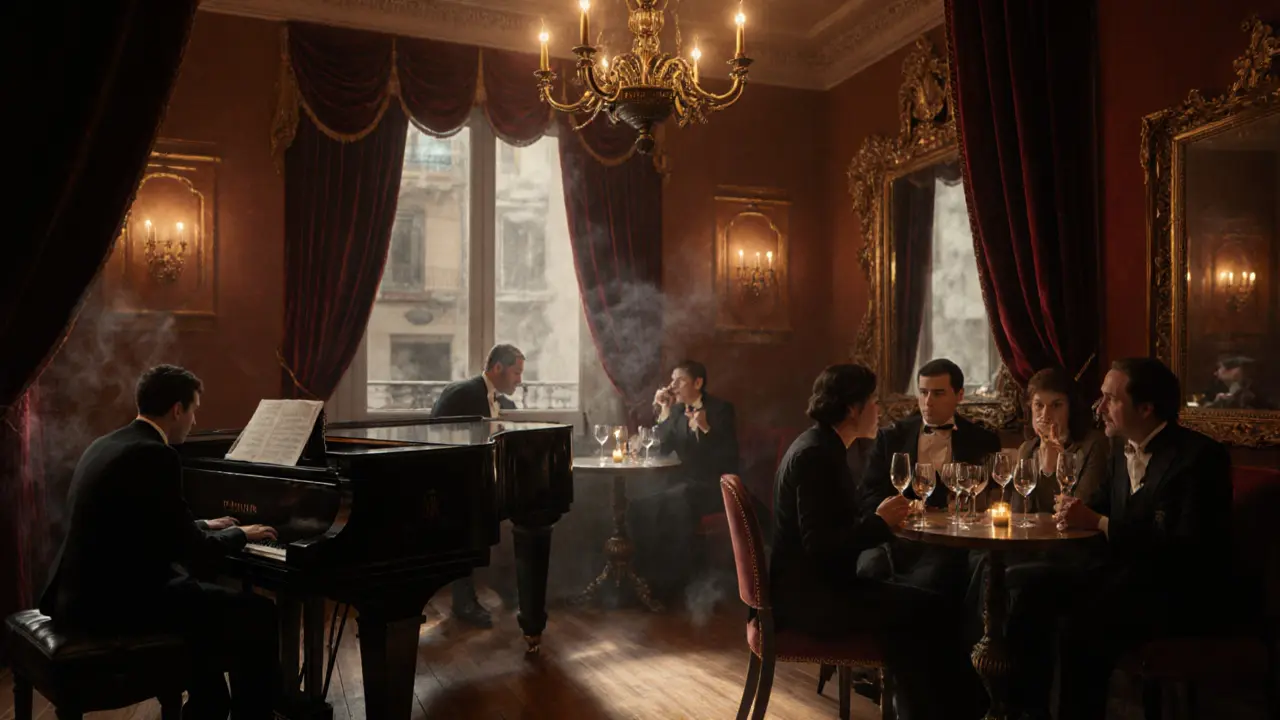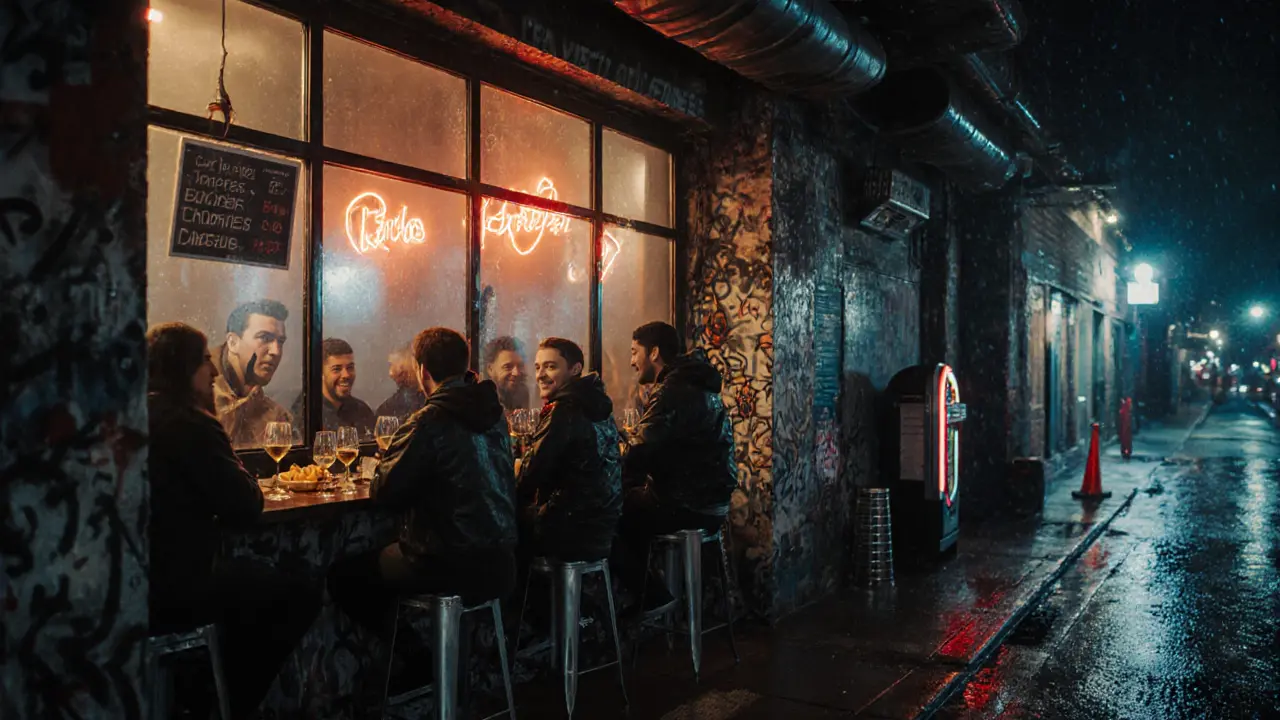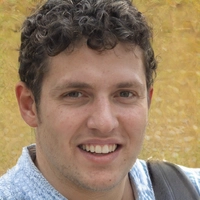Swanky to Casual: The Many Faces of Paris Nightlife

Paris doesn’t shut down when the sun goes down-it just changes its outfit. One night you’re sipping champagne in a velvet-lined jazz lounge where the piano player knows your name. The next, you’re elbow-to-elbow in a basement bar in Belleville, laughing over cheap wine and crispy fries, with graffiti on the walls and a playlist that jumps from French indie rock to classic disco. This isn’t two different cities. It’s the same one, wearing different masks.
Where the Elite Still Dance
Montmartre and Saint-Germain-des-Prés still hold onto their old-school glamour. At Le Comptoir Général, you’ll find a mix of artists, old-money Parisians, and curious tourists all sharing a table under hanging lanterns and tropical plants. It’s not a club. It’s not a bar. It’s a living room that never closes. The drinks are simple-gin and tonic, a glass of natural wine-but the vibe? Pure Parisian poetry.
For something more polished, head to Le Baron on Rue du Faubourg Saint-Honoré. This place doesn’t look like much from the outside-a plain door, no sign. Inside, it’s all black leather, low lighting, and a crowd that knows how to make an entrance. The bouncer doesn’t care if you’re famous, but he’ll notice if you’re wearing sneakers. This isn’t about being rich. It’s about being intentional. Dress code? Sharp. Attitude? Essential.
And then there’s La Cigale, where the music is live, the ceilings are gilded, and the crowd leans into the past. It’s a venue that’s been around since 1866. You’ll find everything from chanson singers to electronic acts here. The seats are wooden, the air smells like old wood and perfume, and the energy is electric-not in a club way, but in the way that only real, unfiltered art can be.
The Underground Pulse
But Paris doesn’t live only in the spotlight. The real heartbeat of its nightlife is in the hidden corners. In the 10th and 11th arrondissements, you’ll find places like Le Retour des Garçons, a tiny bar tucked behind a bakery. No menu. Just a chalkboard with three wines and a shot of something strong. The bartender doesn’t ask what you want-he watches your face and pours what you need.
Then there’s La Bellevilloise, a former workers’ club turned cultural hub. On weekends, it turns into a dance floor that doesn’t care about genre. One room is techno, the next is Afrobeat, and the balcony? That’s where poets read over whiskey. The crowd is young, diverse, and loud-not in a rowdy way, but in a way that says, “We’re here because we love this.”
And don’t sleep on Le Trianon in the 18th. It’s not fancy, but it’s real. Bands play here before they’re famous. Locals show up in hoodies and boots. The sound system is loud enough to shake your ribs. You won’t find a cocktail list here. Just beer, wine, and a barkeep who remembers your face from last week.

The Late-Night Eats That Keep Paris Awake
Parisian nightlife doesn’t end with drinks-it ends with food. And not the kind you find in Michelin-starred restaurants. We’re talking about the places that open at 1 a.m. and close when the last person stumbles out.
Le Petit Vendôme in the 2nd arrondissement has been serving croque-monsieurs since 1952. The cheese is melted just right. The ham is thin. The bread is crusty. And the waitress doesn’t smile-she just nods. That’s her way of saying, “You made it.”
Down in the 13th, La Belle Hortense is a 24-hour bistro that feels like a secret. The walls are lined with books, the tables are sticky with wine, and the menu is written in French with no translations. Order the duck confit. It’s slow-cooked for 12 hours. You’ll understand why people wait until 3 a.m. to eat here.
And then there’s the classic: the crêpe stand on Rue des Rosiers. Not the tourist traps near Notre-Dame. The one where the woman folds the crepe with one hand while flipping another on the griddle. Nutella, salted butter caramel, and a splash of rum. You eat it standing up, paper napkins in hand, the night still buzzing around you.
When the Music Changes
Paris nightlife isn’t static. It shifts with the seasons, the politics, the music, the people. In summer, the riverbanks turn into open-air cinemas and pop-up bars. In winter, the jazz clubs fill up with students who’ve just finished their exams. In spring, the rooftop terraces bloom with flowers and cocktails. In fall, the underground venues get louder, darker, and more intimate.
There’s no single Paris nightlife scene. There are dozens. Each one has its own rules, its own rhythm, its own crowd. You don’t find them by searching “best clubs in Paris.” You find them by wandering. By asking a local, “Where do you go when you don’t want to be seen?”
One night, you might end up in a 1920s-style speakeasy where the cocktails are named after French poets. The next, you’re dancing on a rooftop with strangers who become friends by sunrise. You’ll see couples holding hands under streetlights, groups singing along to old Edith Piaf records, and solo travelers staring into their wine, thinking about nothing and everything.

What to Wear (And What Not To)
Forget the idea that Parisians are all dressed like models. Some nights, you need a tailored blazer. Other nights, a hoodie and clean sneakers will get you in. The key isn’t brand-it’s fit. And confidence.
At swanky spots like Le Baron or L’Ambroisie’s after-hours terrace, you’ll need closed-toe shoes. No flip-flops. No athletic wear. Even the locals who own the place dress like they’re going to a gallery opening.
But in Belleville, Ménilmontant, or the 19th, you’ll see people in ripped jeans, band tees, and combat boots. That’s the uniform. And it works. The only rule? Don’t look like you’re trying too hard. Parisians smell inauthenticity from three blocks away.
Pro tip: Carry a light jacket. Even in summer, the night air gets cool after midnight. And never wear a backpack to a bar. It’s a red flag. Use a small crossbody bag. It says you’re ready to move, not just to sit.
How to Navigate Without a Map
You won’t find a map that covers all of Paris nightlife. That’s the point. But here’s how to find your way:
- Start in Saint-Germain or Le Marais after 9 p.m. Walk slowly. Look for crowds that aren’t tourists.
- Ask a bartender, “Where do you go after your shift?” They’ll tell you the truth.
- Follow the music. If you hear live jazz or a bassline you can feel in your chest, go inside.
- Don’t check your phone. Let yourself get lost for 20 minutes. That’s when you find the real spots.
- Leave your expectations at the door. The best night isn’t the one you planned-it’s the one you didn’t see coming.
Paris nightlife isn’t about checking off venues. It’s about feeling something. A laugh. A silence. A song you didn’t know you needed. A stranger who becomes a friend because you both ordered the same drink at the same time.
It’s not glamorous. It’s not perfect. But it’s alive.
Is Paris nightlife safe at night?
Yes, most areas are safe if you use common sense. Stick to well-lit streets, avoid isolated alleyways after 2 a.m., and keep your belongings close. Tourist-heavy zones like Montmartre and Champs-Élysées can have pickpockets, so stay alert. The 11th, 10th, and 19th arrondissements are generally safe and popular with locals. Trust your gut-if a place feels off, leave.
What’s the best time to go out in Paris?
Parisians don’t start their nights until after 10 p.m. Bars fill up between 11 p.m. and midnight. Clubs don’t get going until 1 a.m. and stay loud until 4 a.m. or later. If you want to see the real scene, arrive after midnight. Early birds miss the magic.
Do I need to book tickets for Paris nightlife spots?
For big venues like L’Olympia or La Cigale, yes-book ahead. For most bars and underground spots, no. Walk-ins are the norm. Some places have cover charges (€5-€15), but you can usually pay at the door. The best spots rarely advertise online. You find them by asking locals or following the crowd.
Are there any free nightlife options in Paris?
Absolutely. Many neighborhood bars offer live music on weeknights with no cover. The Louvre’s courtyard sometimes hosts free jazz nights in summer. The Canal Saint-Martin area has open-air cinema screenings with free seating. And every Sunday, the streets of Le Marais turn into a street party with music, dancing, and food stalls. All you need is curiosity.
What’s the difference between Paris and other European nightlife scenes?
Paris isn’t about nonstop partying like Berlin or Ibiza. It’s about mood, rhythm, and connection. The music is often live, not DJ-driven. The drinks are slower, savored. Conversation matters more than dancing. Even the clubs feel like gatherings, not crowds. You don’t come to Paris to lose yourself-you come to find something real.

Write a comment